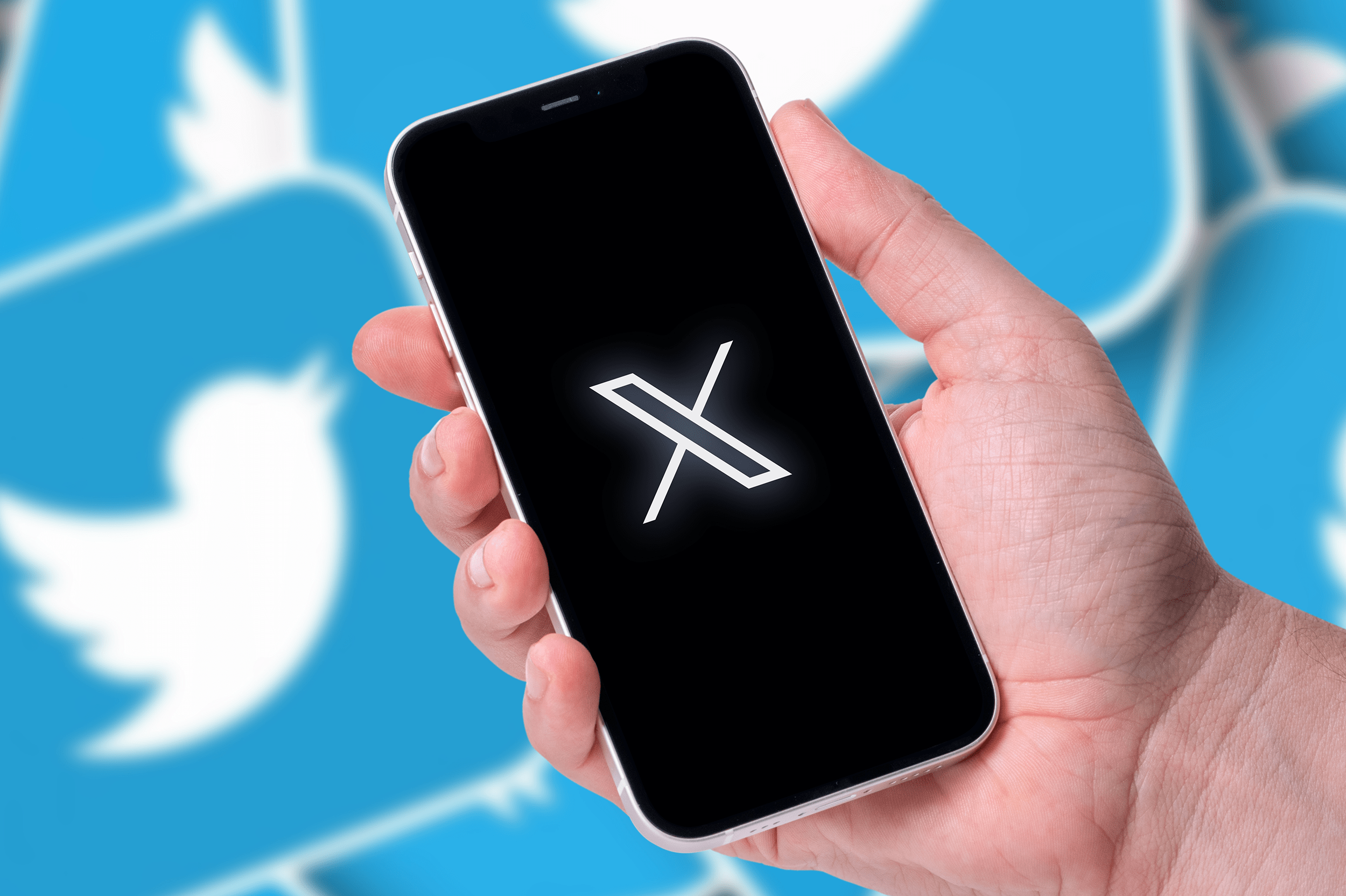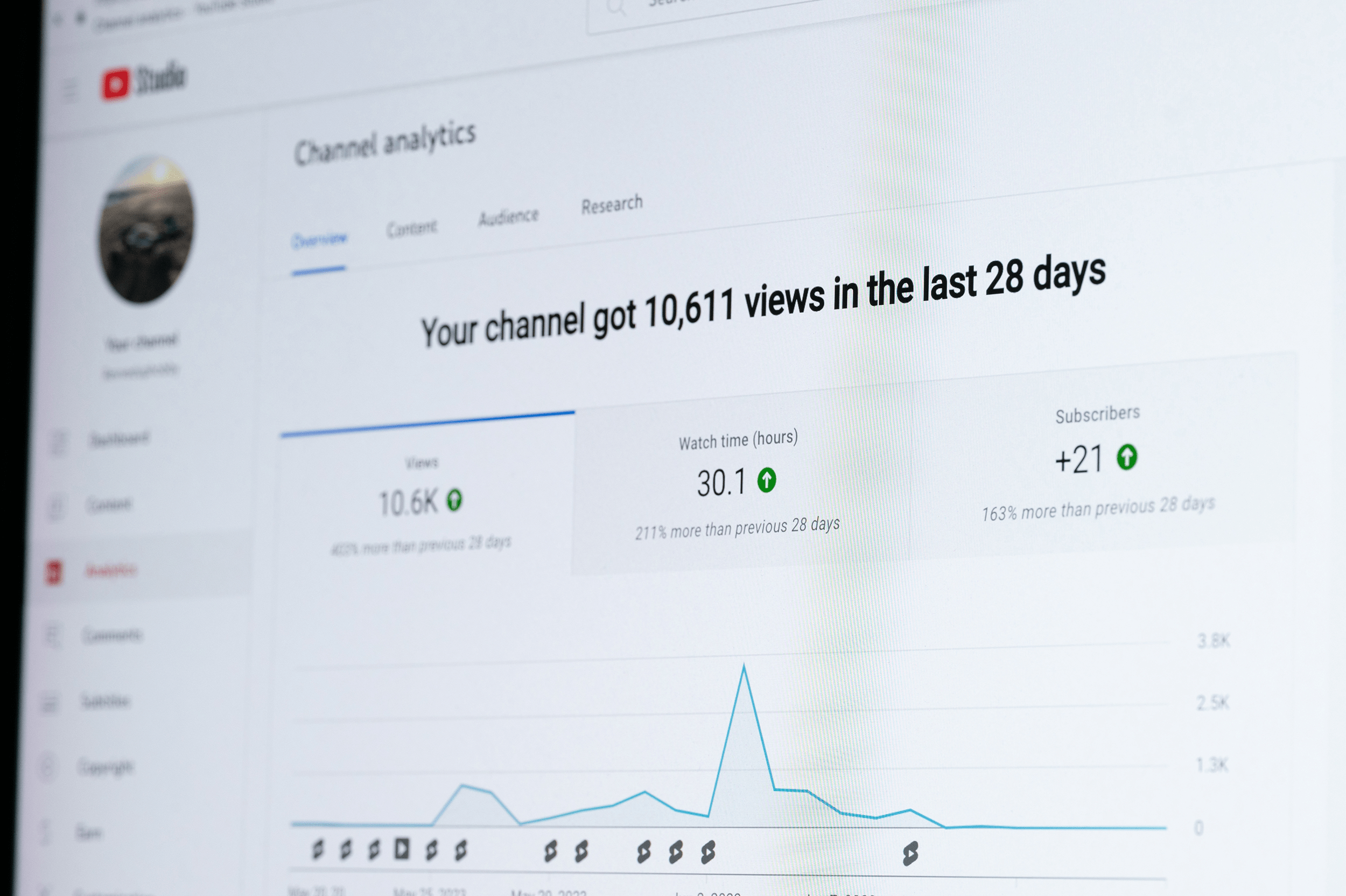As every digital marketer knows, Facebook tends to shake things up on a regular basis.
If you want to make sure that your posts are still reaching as many people as possible, you need to stay on top of what’s happening with Facebook’s news feed.
What is the Facebook news feed?

Just in case you need a quick refresher: the Facebook “news feed” is the stream of content that users see on their Facebook home page.
It shows a mix of content: posts from their Facebook friends, posts their friends have shared, posts by pages they follow, and sometimes also posts that their friends have commented on.
Why doesn’t the Facebook news feed show everything?

Of course, given that the average person has around 155 Facebook friends, the Facebook news feed doesn’t show every update, share, and comment from everyperson.
Assuming that most people “like” a similar number of pages (170 has been suggested as an average figure), it would also be way too much for users if Facebook showed every post from each page in the news feed.
So Facebook doesn’t.
Instead, it tries to show the content it thinks people will most want to see – such as posts from their closest friends (ones whose posts they frequently like or comment on) and posts from groups that they frequently interact with.
Note that this doesn’t even take into account profiles and pages that people have chosen to “follow” rather than like – again, when someone “follows” your page, they definitely won’t automatically see everything you post.
Of course, you probably want to make sure that your page’s posts are seen by as many people as possible.
That means keeping on top of changes so that you know how best to craft your posts to (a) help them appear in people’s news feeds and (b) make the most of the posts that do appear.
What’s changed recently?

Change #1: Facebook is trying to stop the spread of “fake news” using Click-Gap
One big change over the last few months involves Facebook’s increasing efforts to tackle “fake news” – outlandish news stories that contain little, if any, truth, but that get shared by people who believe them. Given that 43% of Americans check the news on Facebook, it’s becoming ever more important for Facebook to curtail the spread of false news stories.
Facebook is using an initiative called “Click-Gap” to tackle fake news. This signal looks for domains that are getting far more clicks from Facebook compared with their profile on the web as a whole – i.e., domains that probably aren’t trustworthy as they’re not getting linked to from many other websites.
As Emily Dreyfuss and Issie Lapowsky write in an article for Wired:
Facebook’s Click-Gap metric is a new spin on [Google’s Page Rank], using links to assess whether Facebook is an accurate reflection of the internet at large.
Do this:
Don’t focus so much on social media shares and clicks that you fail to invest in other forms of digital marketing. Building backlinks to your website won’t just help you rank better in Google – it’ll potentially help ensure that your posts remain visible on Facebook.
Change #2: Sensational health-related posts will be penalized
Like Google’s increased scrutiny of “YMYL” (Your Money or Your Life) content, Facebook is cracking down on health-related posts – particularly those that appear to be making sensationalist claims.
As Jamie Ducharme from Time magazine explains:
[R]ather than removing sensational health posts outright, Facebook will change the way they’re ranked in users’ News Feeds, so that fewer people see them. Posts that include certain commonly used phrases — ones that suggest the post either “exaggerates or misleads,” or that it’s using health claims to hawk products like weight-loss pills or medications — will show up lower in users’ News Feed.
Do this:
If you’re publishing health content, be careful that you’re not overstating your claims, and avoid using the sort of language that might be associated with spammy or dubious content.
Change #3: Mobile content is becoming more compressed
Even if your posts don’t get buried as mistakenly fake news or misleading health content, and appear in news feeds, your fans might end up missing out on a huge chunk of each post.
As of August 19th, when users scroll through their news feed on their phone, they no longer see so much of each of your posts.
As Hootsuite’s AdEspresso outlines, Facebook is changing the format of page posts so that images will be shown with a 4:5 aspect ration (they’ll be shorter than the previous 2:3) and so that users will see just three lines of text before needing to click “See More” instead of the previous seven lines.
These changes apply to ads, and also to all posts from pages.
Do this:
When you select images (and create videos), make sure that they work well in a 4:5 horizontal format. Craft your text so that you get your point across within the first couple of sentences – or so that there’s a clear hook that encourages readers to “See More” instead of scrolling on past.
Although there will inevitably be more Facebook changes to come, the best way to ensure that your posts continue to appear in people’s news feed is to keep creating high-quality, accurate content that encourages engagement. Despite all the changes, it’s still the case that learning more about tactics like how to pin an old post on Facebook help improve engagement, and the more often each fan engages with your content, the more likely Facebook is to show future content to them, they can share it, and help you to find new Facebook followers.
One thing about Facebook hasn’t changed: Content shared by family and friends is trusted more than ads and branded posts. Take advantage of this built-in trust factor by installing the Facebook share button. It takes just minutes to install, and displaying it prominently on your website or blog makes it simple for your readers to share with just one click!




